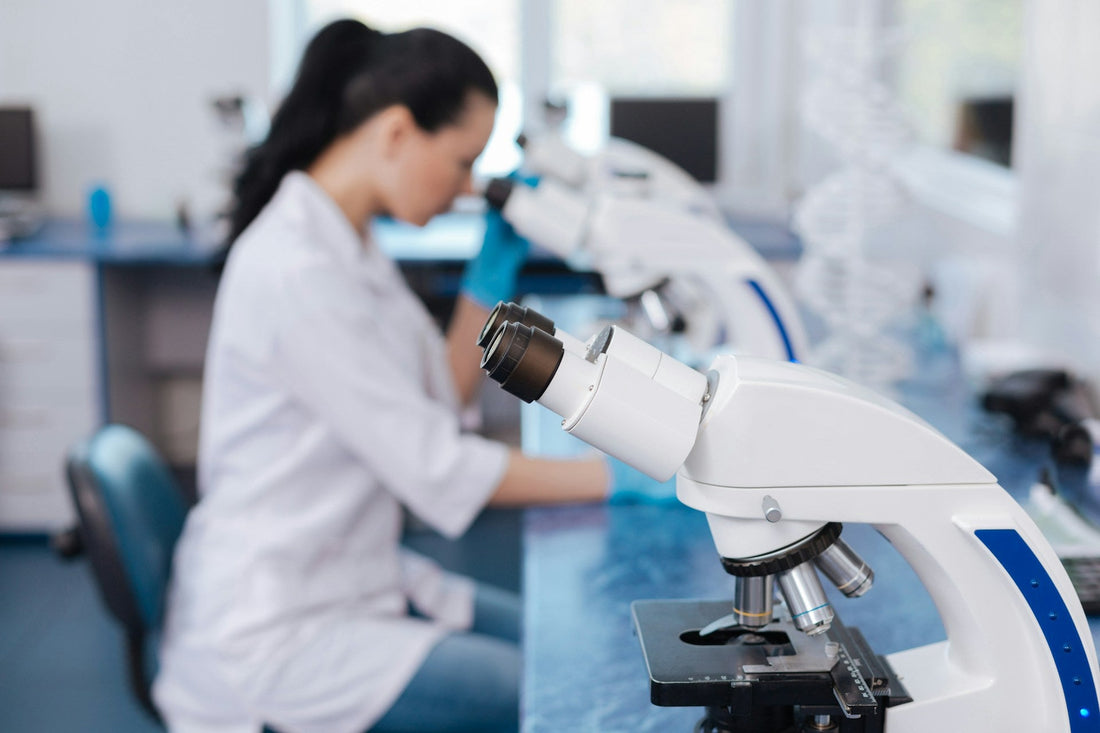Two peptides, BPC 157 and CJC 1295, have drawn significant interest in peptide research due to their distinct therapeutic properties and mechanisms. BPC 157, known for its potent healing and regenerative capabilities, contrasts with CJC 1295, which primarily enhances growth hormone secretion for improved muscle mass and fat loss. This article aims to dissect and compare these peptides in-depth, focusing specifically on their biochemical actions, therapeutic utility, and the implications of their use in medical science. Our goal is to delineate the key differences and potential synergies between BPC 157 vs CJC 1295, offering researchers a clear, concise understanding of their comparative roles in advancing peptide therapy.
BPC 157: An Overview
Chemical Structure and Stability
BPC 157 is a pentadecapeptide consisting of 15 amino acids. It is a synthetic peptide derived from a protective protein found in the stomach. Due to its unique structure, BPC 157 exhibits remarkable stability in human gastric juice, highlighting its potential for oral administration and systemic effects.
Mechanisms of Action
BPC 157 enhances angiogenesis, the new blood vessel formation process, essential for tissue healing and regeneration. This peptide also modulates the expression of vascular endothelial growth factor (VEGF). It positively impacts the early growth response 1 (EGR-1) gene, which plays a critical role in vascular and tissue repair.
Therapeutic Applications
The applications of BPC 157 are broad, with significant evidence supporting its efficacy in accelerating wound healing, promoting muscle and tendon recovery, and protecting against gastrointestinal damage. Its ability to improve the healing of various types of tissues makes it a promising candidate for treating injuries and disorders related to tissue damage.
CJC 1295: An Overview
Chemical Structure and Modifications
CJC 1295 is a synthetic growth hormone-releasing hormone (GHRH) analog. It has been modified to include a Drug Affinity Complex (DAC), which prolongs its half-life and duration of action. This modification enhances its ability to stimulate the release of growth hormone (GH) from the pituitary gland.
Mechanisms of Action
The primary mechanism of CJC 1295 is the stimulation of GH release. This increase in GH levels leads to subsequent elevations in insulin-like growth factor 1 (IGF-1), promoting anabolic effects such as muscle growth, fat loss, and possibly anti-aging effects.
Therapeutic Applications
CJC 1295's applications primarily focus on enhancing growth hormone levels for individuals looking to increase muscle mass, reduce body fat, and improve overall physique. Additionally, due to the elevation of GH and IGF-1 levels, its potential anti-aging properties make it a subject of interest for longevity research.
Comparative Analysis of BPC 157 vs CJC 1295
Mechanisms of Action: A Distinct Pathway
The fundamental difference between BPC 157 and CJC 1295 lies in their mechanisms of action. BPC 157 enhances tissue repair and regeneration through cellular mechanisms and angiogenesis. In contrast, CJC 1295 indirectly supports tissue growth and repair by stimulating the systemic release of growth hormone, promoting the production of IGF-1, known for its anabolic effects.
Efficacy in Therapeutic Applications
BPC 157's efficacy is highly regarded in direct tissue healing, making it suitable for treating injuries, ulcers, and disorders associated with tissue damage. CJC 1295 is more tailored towards systemic growth hormone elevation, beneficial for muscle growth, fat loss, and possibly improving skin elasticity and overall vitality.
Safety and Side Effects
Both peptides have been studied in clinical and preclinical settings, showing a good safety profile. However, due to the systemic effects of CJC 1295 in elevating GH levels, monitoring for potential side effects related to GH excess, such as joint pain, insulin resistance, and fluid retention, is necessary. BPC 157, being more targeted in its action, has not shown such systemic side effects in the available literature.
Synergistic Potential and Combination Therapies
Considering their distinct mechanisms, combining BPC 157 and CJC 1295 could offer synergistic benefits, particularly in enhanced tissue repair and growth scenarios. This combination could accelerate recovery from injuries while promoting muscle growth and overall health improvements.
Future Directions and Research Needs
Despite the promising potentials of BPC 157 and CJC 1295, further research, especially rigorous clinical trials, is crucial to fully understand their therapeutic capacities, optimal dosing regimens, and long-term safety profiles.
Final Takeaways
Ultimately, BPC 157 and CJC 1295 differ significantly in their mechanisms of action, therapeutic applications, and potential side effects. BPC 157 primarily involves direct tissue healing and regeneration, whereas CJC 1295 stimulates growth hormone release, indirectly supporting growth and metabolism. The choice between BPC 157 vs CJC 1295 hinges on the specific objectives of the treatment or research focus—whether the aim is to expedite recovery from injury and protect against gastrointestinal damage, as with BPC 157, or to enhance anabolic processes and improve body composition, as with CJC 1295. As our understanding of these peptides deepens through ongoing research, the potential for their synergistic use also becomes an intriguing prospect for holistic therapeutic strategies, offering a nuanced approach to regenerative medicine and performance enhancement that leverages the unique strengths of each peptide.


